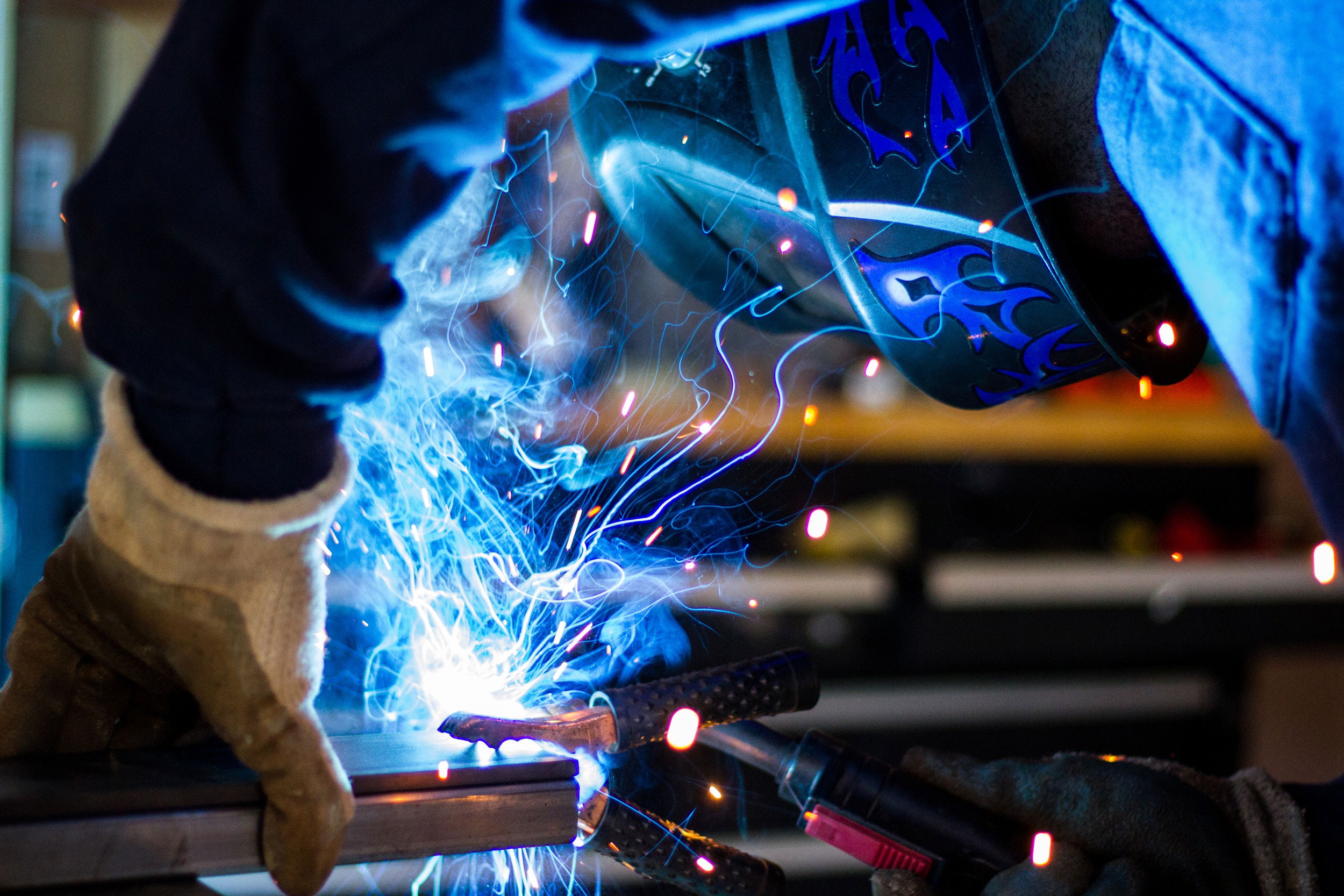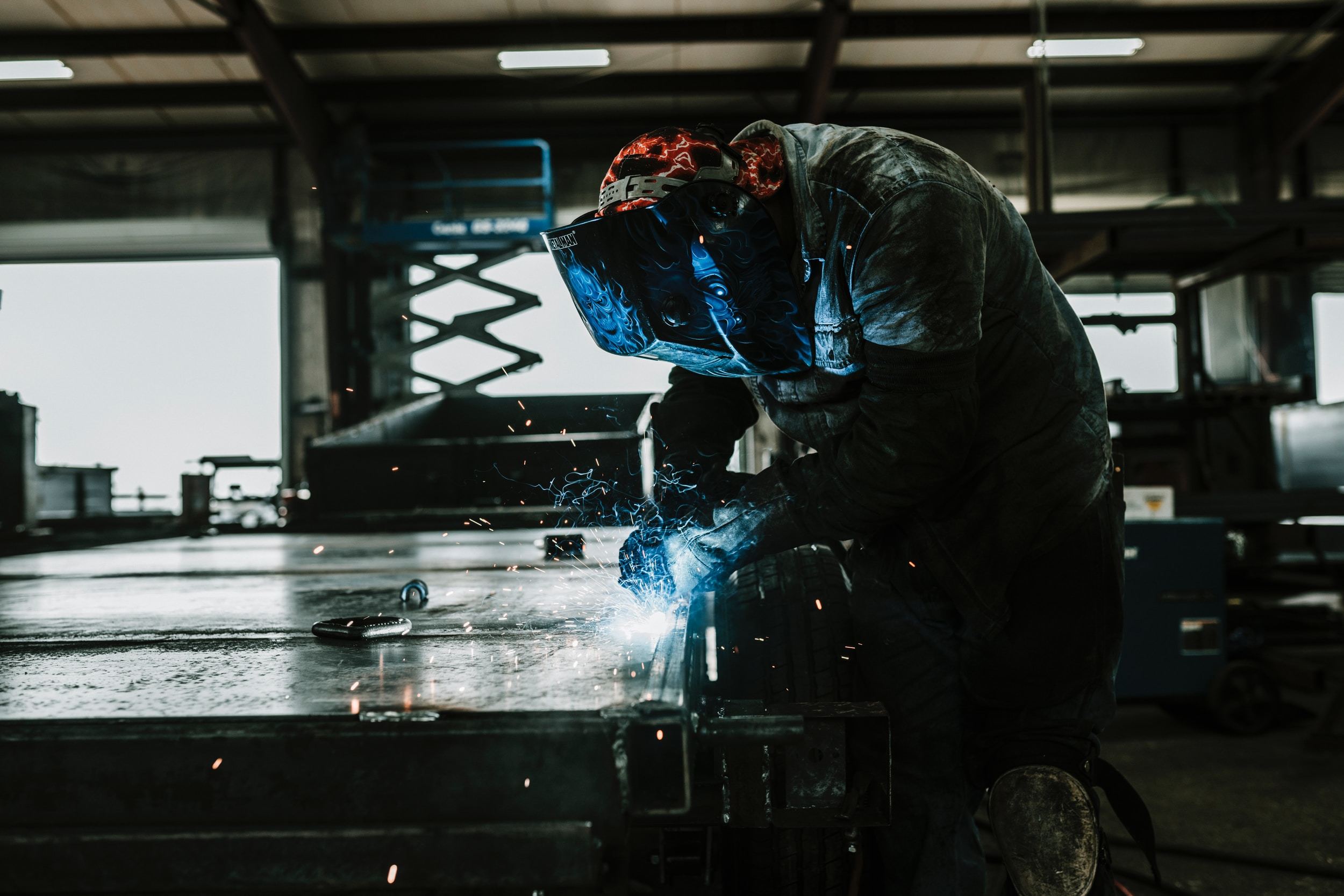In the fast-paced and highly competitive world of manufacturing, innovation is the lifeblood of success. R&D Tax Relief provides significant benefits to manufacturers, helping them fuel their growth and stay ahead of the curve. In this article, we will explore what qualifies and shed light on some common pitfalls.
What Qualifies?
Manufacturing projects can qualify for R&D Tax Relief when the development of a product or manufacturing process seeks to achieve an advancement in science or technology and goes beyond baseline technology. Here are some examples of where manufacturing claims are made;
Advanced Materials Development
Researching and developing new materials with enhanced properties, such as lightweight and high-strength alloys, composite materials, nanomaterials, or smart materials that respond to environmental changes.
Automation and Robotics
Developing advanced automation systems and robots to improve manufacturing processes, increase productivity, reduce costs, and enhance safety. This can involve research into collaborative robots (cobots), machine vision, machine learning, and human-robot interaction.
Sustainable Manufacturing
Conducting R&D to minimise the environmental impact of manufacturing processes and products. This can involve developing eco-friendly materials, implementing energy-efficient technologies, reducing waste generation, and improving recycling.
Smart Factory and Industrial Internet of Things (IIoT)
Exploring the integration of digital technologies and IoT devices in manufacturing processes to create smart factories. This involves developing connectivity, data analytics, and cybersecurity solutions to enable real-time monitoring, predictive maintenance, and autonomous decision-making.
Additive Manufacturing
Exploring new materials, processes, and technologies to improve the efficiency, scalability, and quality of 3D printing in manufacturing. This includes developing new printing methods, optimising material formulations, and designing complex geometries.

As with all other sectors the Company must be seeking to make an advance in overall science or technology. Simply applying existing technology and making tweaks that are not material changes does not qualify.
What costs can be claimed?
- Direct Staff Costs (Gross Salary, employers Ni & pension)
- Software licences
- Externally Provided workers and subcontractors
- Materials consumed such as prototypes, developed to test the R&D
- Data sets and Cloud computing
- Utilities such as heat, light and water
Common Issues
Poor Advice and Misunderstanding of R&D:
One prevalent issue is the lack of proper guidance and a misunderstanding of what constitutes manufacturing R&D. Some companies mistakenly believe that simply developing a product to meet specific requirements automatically qualifies as R&D however, these developments rarely contribute to advancing technology. It is essential to understand that true R&D involves activities that go beyond the industry baseline and entails significant technological uncertainties.
Defining the R&D boundary:
When it comes to identifying qualifying R&D activity and the associated costs, it is imperative to determine when the scientific or technological uncertainty starts and ends. R&D begins when work to resolve the scientific or technological uncertainty starts, and ends when that uncertainty is resolved, work to resolve it ceases or when knowledge is codified in a form usable by a competent professional working in the industry. Market research, testing (after confirmation the ‘final prototype’ was successful) and bringing a product to market all fall outside of the boundary of R&D for tax purposes.

Manufacturing a Robust and Compliant Claim
To address these common issues within manufacturing R&D claims, it is crucial for companies to:
Seek Professional Advice:
Consult with experienced R&D tax specialists who possess a deep understanding of the industry. They can provide accurate guidance on which activities qualify as eligible R&D and help ensure proper documentation is maintained.
Differentiate Routine Work from R&D:
Develop a clear understanding of what constitutes true R&D. Clearly distinguish routine product development tasks from activities that involve significant technological uncertainties.
Maintain Comprehensive Documentation:
Document all R&D activities thoroughly, including project plans, progress reports, technical specifications, and evidence of technological uncertainties faced during development. Detailed documentation strengthens the credibility of R&D claims and enhances the chances of success.
Are you developing solutions for clients?
If the development is being carried out for a client you may need to consider whether you are being subcontracted. This can impact eligibility and we would advise having a chat with our team as soon as possible.
Conclusion
Manufacturing R&D claims can provide significant benefits to companies to invest in future innovation and skills however, it is essential to address and overcome common issues that often arise during the claim process.
By seeking expert advice, understanding the distinction between routine work and genuine R&D, and maintaining comprehensive documentation, companies can navigate the challenges and maximise their eligibility to claiming R&D.